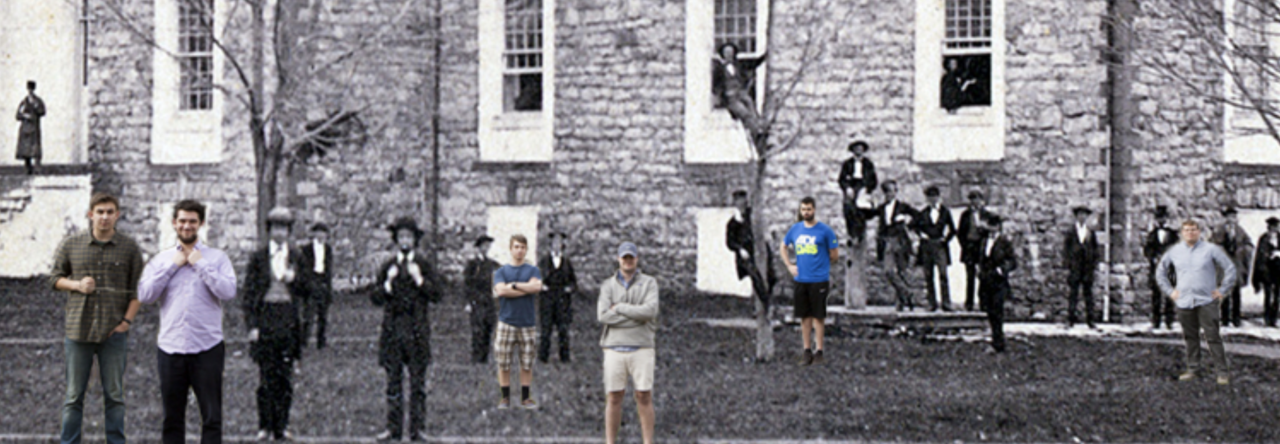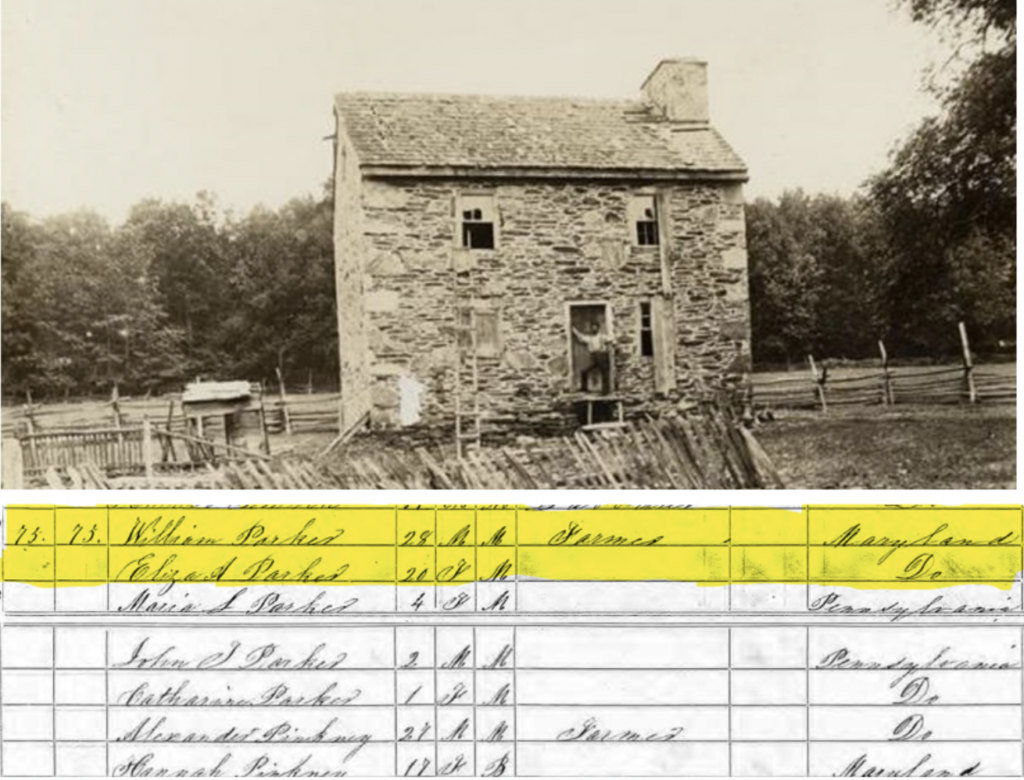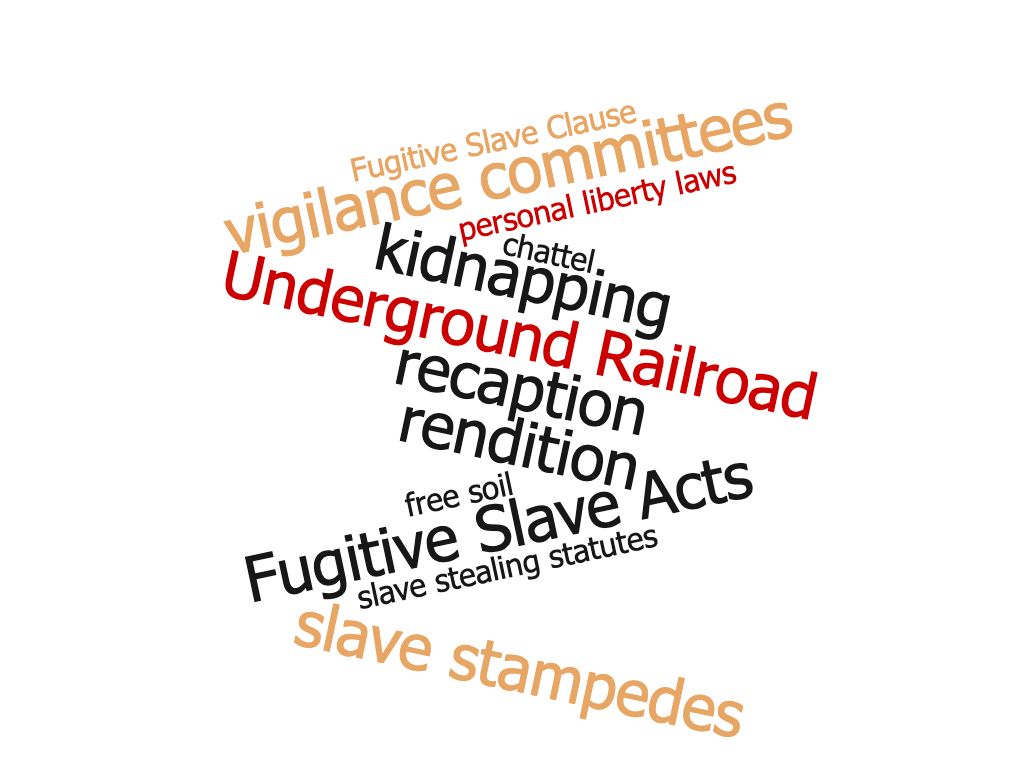The Underground Railroad was a metaphor used by antislavery activists to describe and publicize efforts at helping runaway slaves during the years before the Civil War. While secrecy was essential for particular operations, the movement to help fugitives was no secret at all. Northern Underground Railroad operatives were often openly defiant of federal statutes designed to help recapture runaways. Agents used state personal liberty laws, which aimed to protect free black residents from kidnapping, as a way to justify their fugitive work. Vigilance committees in northern cities such as Philadelphia, New York, Boston and Detroit formed the organized core of this effort. –Matthew Pinsker
Image Gateway
How do these images illustrate the sectional nature of the Underground Railroad?
1844-45: Jonathan Walker and the Branded Hand
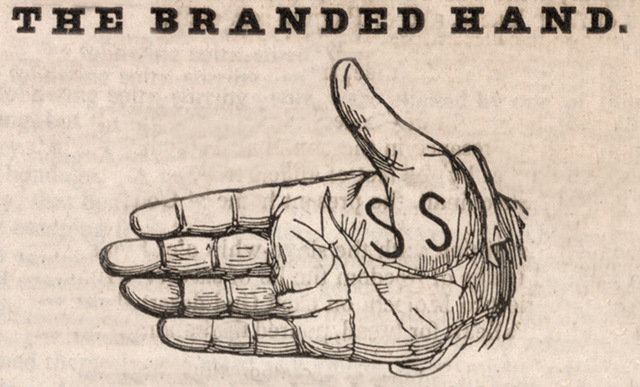
The Branded Hand (1845)
1849: Escape of Henry “Box” Brown
1851: William and Eliza Parker and the Christiana Resistance
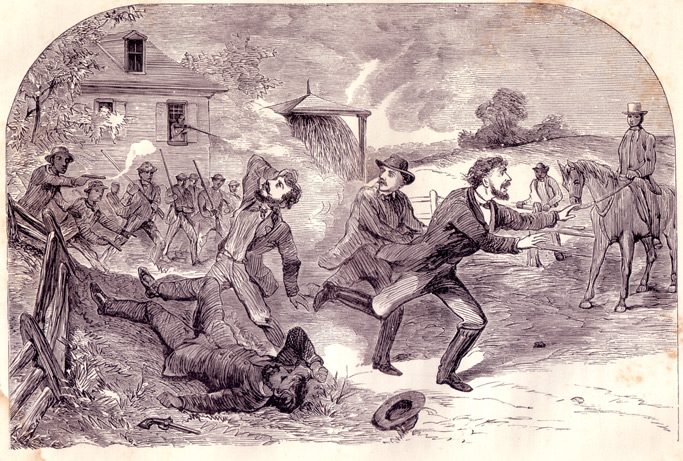
Christiana Riot or Resistance, September 11, 1851
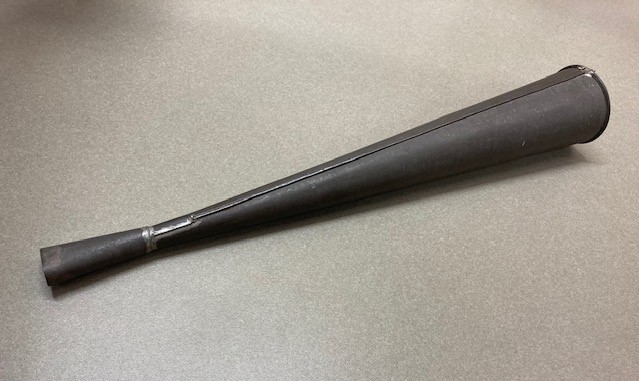
Eliza Parker’s original horn, Christiana, PA (courtesy of Christiana Historical Society; photo by Aiden Pinsker)
Below: interview with Michele Parker Samuels, descendant of William and Eliza Parker, conducted April 2021 by Aiden Pinsker
Video Gateway
How are the study of slave stampedes changing our understanding of resistance to slavery?
Statistical Gateway
- Enslaved population in 1840: roughly 2 million
- Enslaved population in 1860: roughly 4 million
- Estimated number of antebellum slave sale transactions: 2 million
- Ratio of antebellum slave marriages broken apart by sale: ¼
- Estimated annual temporary escapes from slavery (“laying out”): 100,000
- Estimated annual attempts at permanent escapes from slavery: 1,000
- Documented recaption (kidnapping) efforts across North during 1850s: 150
- Documented individual fugitive rendition cases between 1850-1861: 200
- Total number of formal federal rendition hearings between 1850-1861: 125
- Number of rendition hearings in New England states after 1854: 0
- Percentage of nation’s rendition hearings held in Ohio between 1855-1861: 75
- Vigilance committee records for successful escapes during 1850s: 3,000+
- Documented vigilance-led resistance efforts during 1850s: 80
- Estimated total casualties from antebellum resistance efforts: 100s
- Total number of UGRR operatives killed in free states: 0
- Total number of freedom seekers killed in free states: 1
- Total number of slaveholders or slave catchers killed in free states: 3
- Total number of UGRR operatives fined or imprisoned in free states: about 10-12
- Estimated number of figures imprisoned for slave-stealing in slave states, 1840s-50s: 200+
- Longest sentence for UGRR operative convicted in northern state under federal law: 3 months
- Longest period of imprisonment for a UGRR operative convicted in a slave state: 17 years
- Estimated annual number of newspaper articles about fugitive escapes: 10,000s
- Ratio of slave to free states in 1840: 13 / 13
- Ratio of slave states to free states in 1860: 15 / 18
- Ratio of initial secession declarations that focused on the fugitive issue: 4/4
- Documented attempted slave stampedes or group escapes, 1847-65: nearly 200
- Reported freedom seekers in these attempted stampedes from 1847-65: approx. 12,000
Sources: McPherson, Battle Cry of Freedom (1988); Franklin & Schweninger, Runaway Slaves (1999); Stanley Campbell, The Slave-Catchers (1968); Lois Horton in David Blight, Passages to Freedom (2004); Walter Johnson, Soul By Soul (1999). Slave Stampedes on the Missouri Borderlands (NPS / House Divided Project, 2018-22).
Vocabulary: 12 Essential UGRR Terms
Can you explain the origins and significance of each of these twelve terms?
Handout
